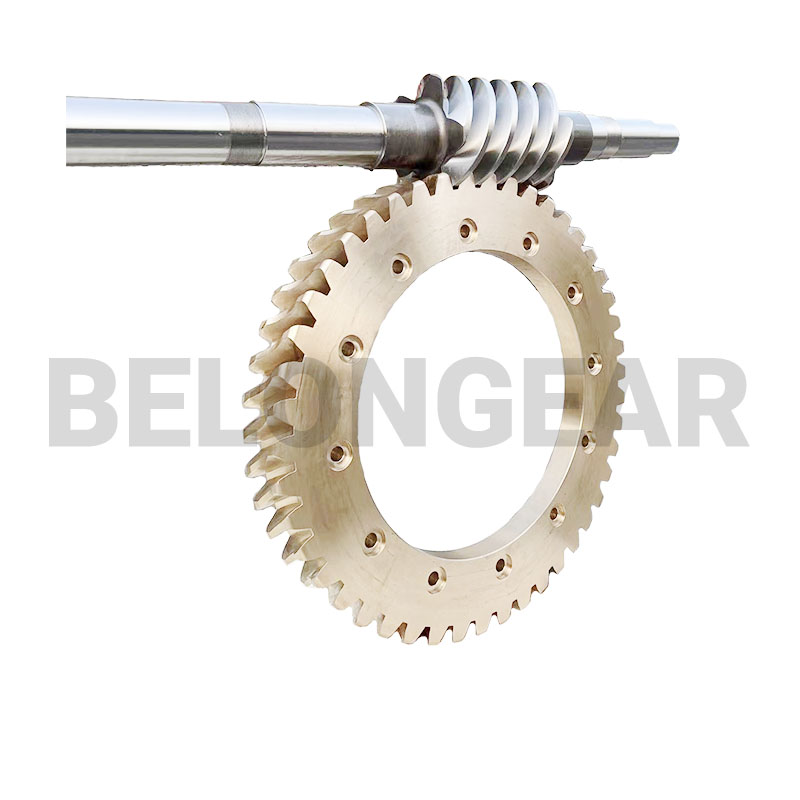The choice between using a worm gear or a bevel gear in a mechanical system can have a significant impact on its performance, efficiency, and overall cost. Both types of gears have their unique characteristics and strengths, so it is essential to understand the differences between them when deciding which one to use.
Worm gears are used in applications where a high gear ratio and compact size are required. They are known for their ability to provide smooth and quiet operation, as well as their high load-carrying capacity. However, worm gears also have some limitations, such as their relatively low efficiency and the potential for sliding action, which can lead to higher friction and heat generation.

On the other hand, bevel gears are widely used in applications where a change in the direction of power transmission is required. They are known for their ability to provide high efficiency and reliability, as well as their ability to handle high speeds and heavy loads. Bevel gears also have the advantage of being able to be used in a wide range of operating conditions and environments.
So, can a bevel gear replace a worm gear? The answer depends on the specific requirements and constraints of the application. In some cases, a bevel gear may be a suitable alternative to a worm gear if the primary consideration is achieving a high gear ratio and smooth operation. However, it is important to consider the potential trade-offs in terms of efficiency, load-carrying capacity, and overall system cost.

In conclusion, while bevel gears and worm gears have some similarities, they are designed to address different needs and challenges in mechanical systems. When considering whether a bevel gear can replace a worm gear, it is essential to carefully evaluate the specific requirements of the application and weigh the benefits and limitations of each type of gear. Ultimately, choosing the right gear for a given application requires a thorough understanding of the system’s operating conditions, performance requirements, and constraints.
Post time: Jan-03-2024




